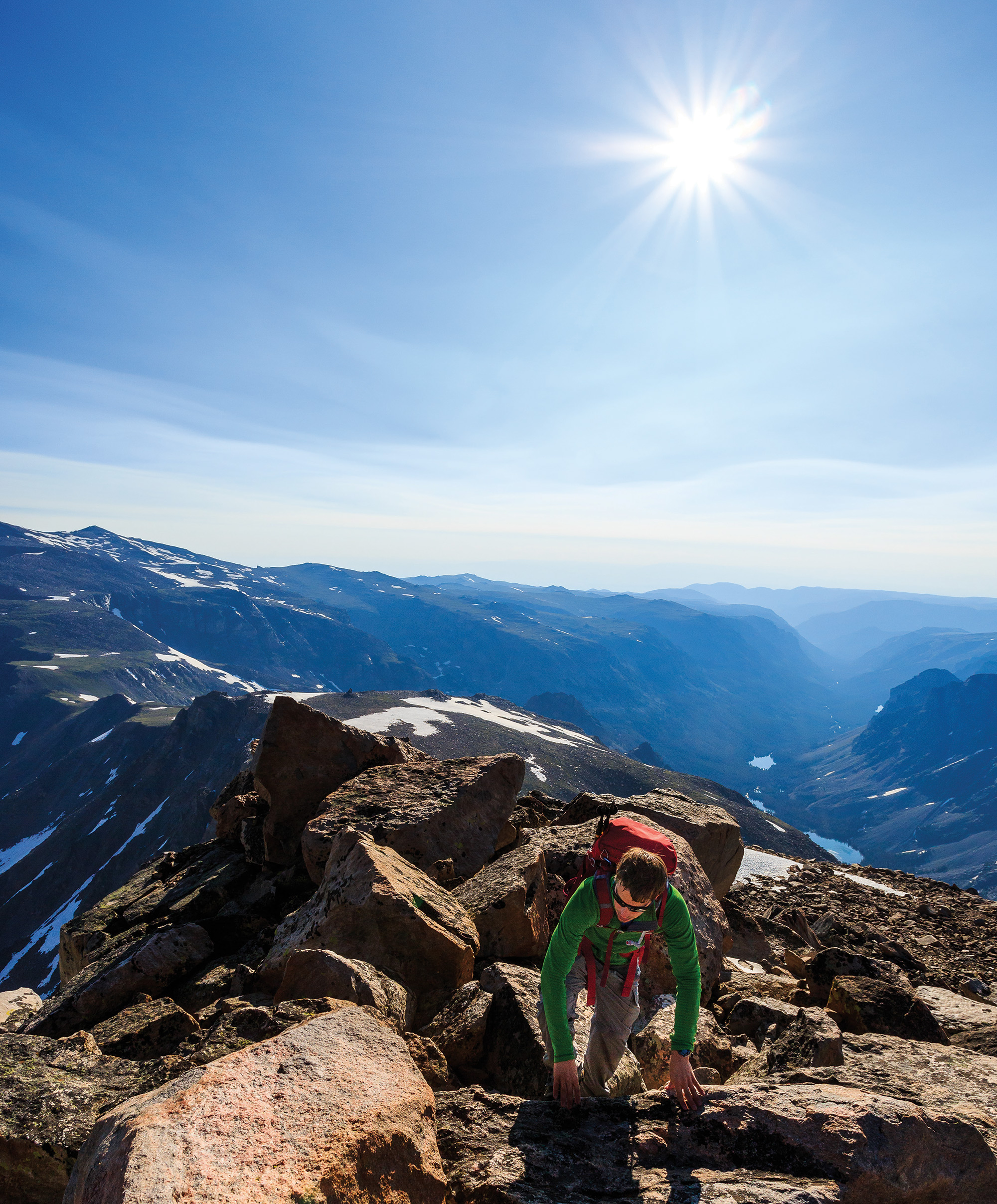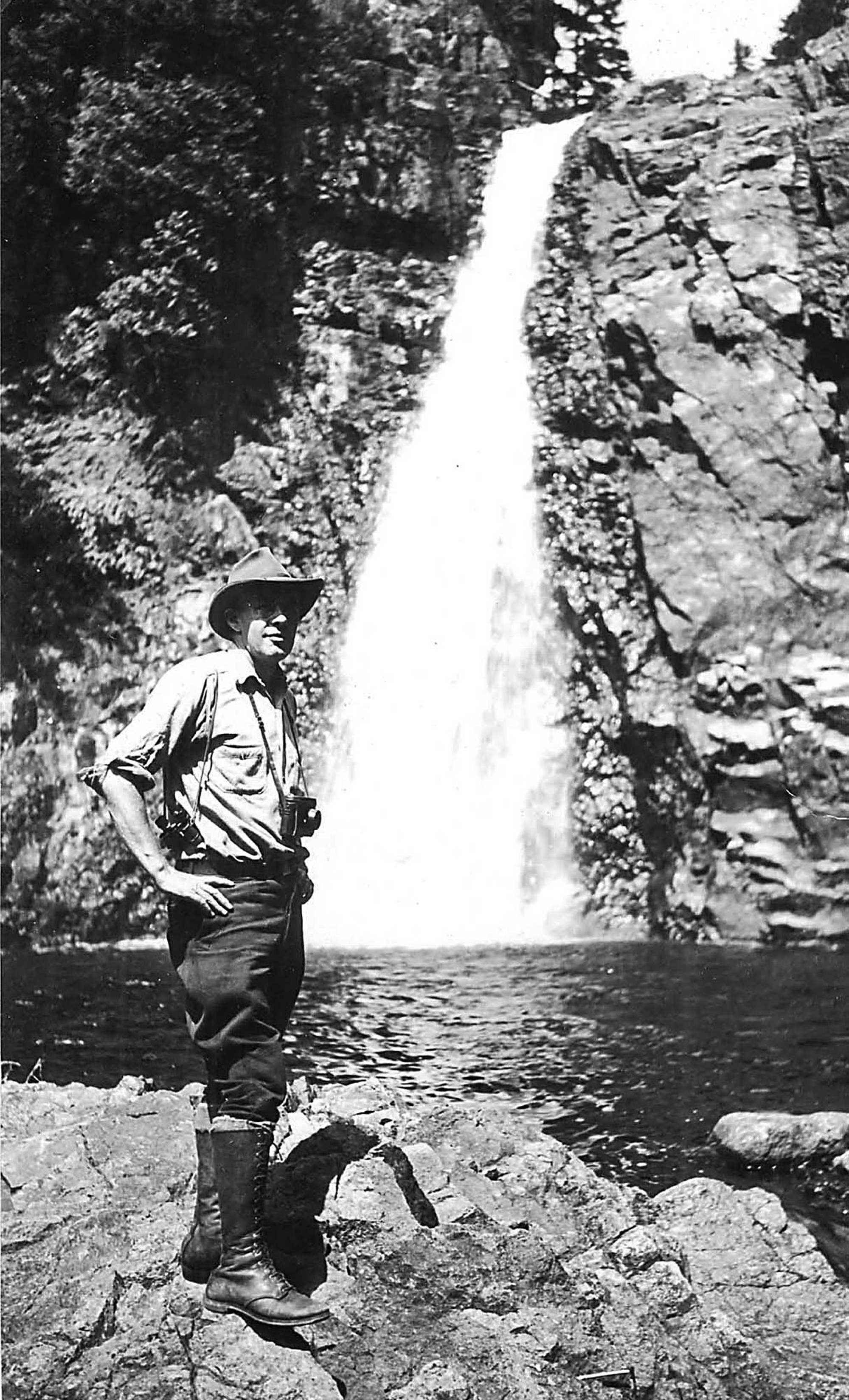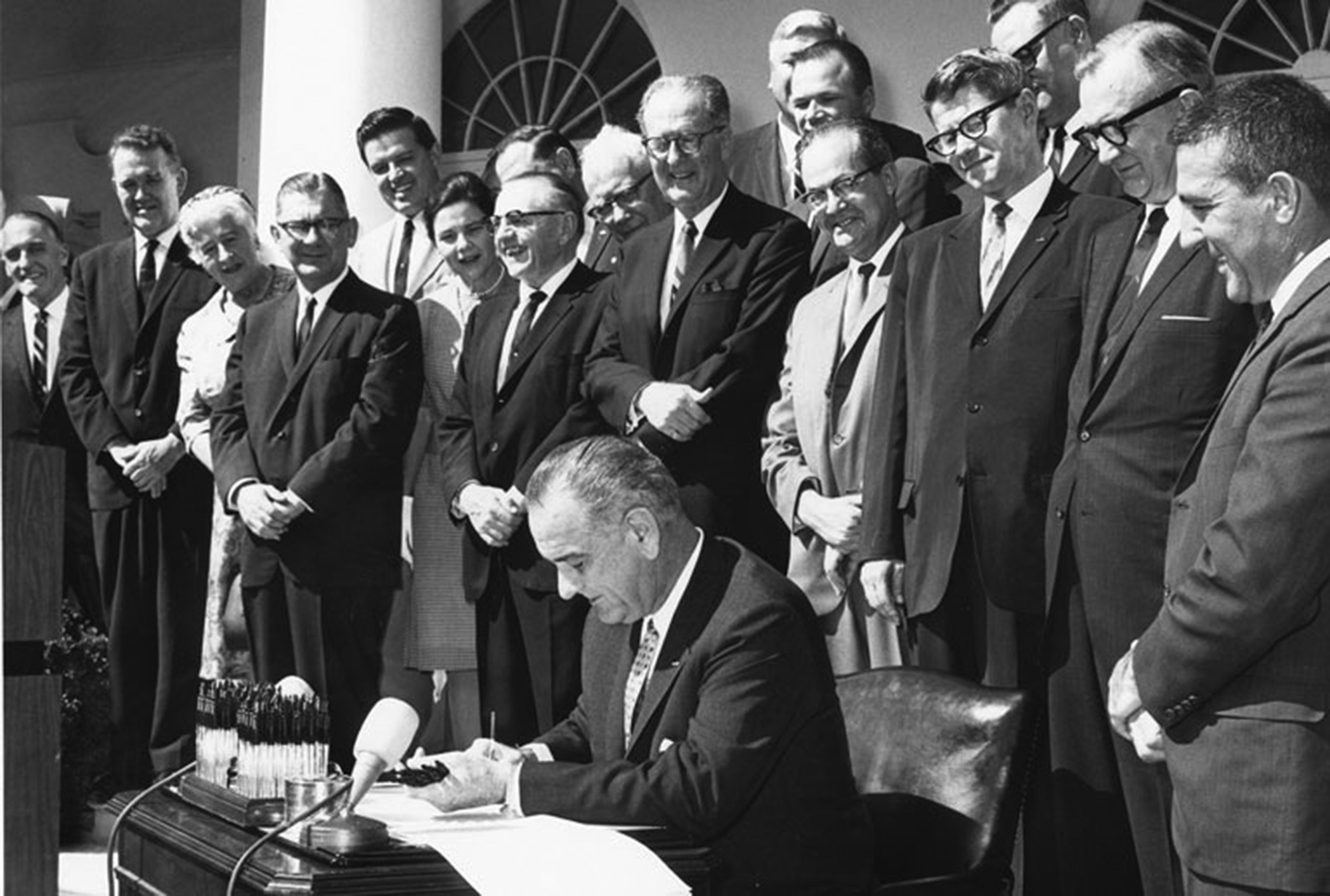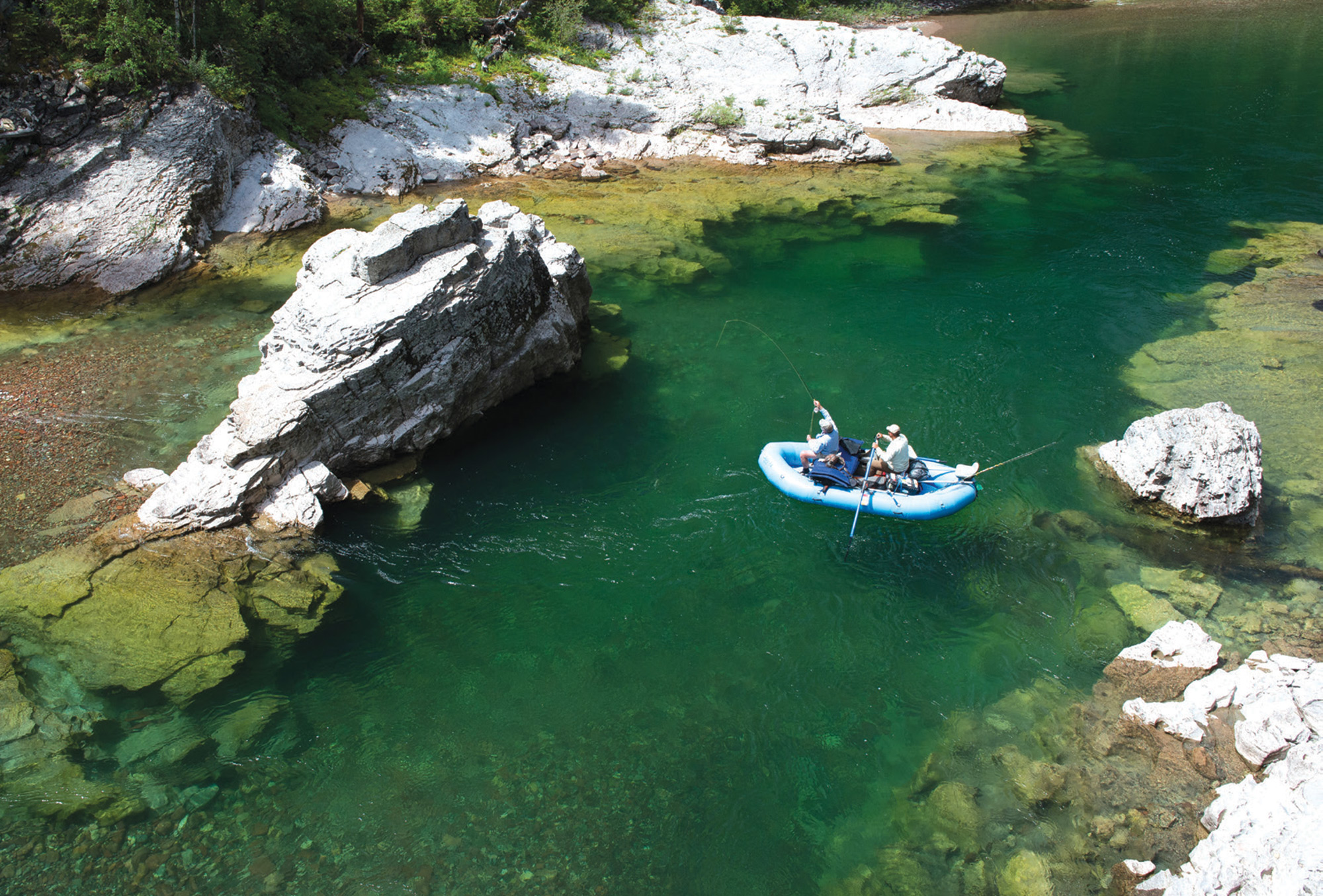
30 Sep Images of the West: Hearts of Nature, 50 Years of American Wilderness
I’M BACK UP ON THE ROOF OF THE ROCKIES AGAIN, ambling across a trackless sprawl of tundra in the Absaroka Beartooth Wilderness. Ten thousand feet into thin air, on one of those rare days, warm and sunny and still — a special kind of grace, really, one that seems at sweet odds with the general upheaval of the place, with the undeniable sense of this blustery land, fresh out of creation.
I’ve been traveling a lot this year, traveling all over the country — much of it to talk with people about the 50th anniversary of the Wilderness Act. That rather amazing piece of legislation which granted the simple, yet profound right of existence to 9 million acres of wild country and the creatures that live there. Since 1964, the system has grown more than tenfold, to 109 million acres: 3.4 million of those acres are in Montana; another 3.1 million in Wyoming; 4.5 million more in Idaho.
From a high, nameless peak where I’m walking today I can see 50 miles to the south, to the edges of the Bridger-Teton Wilderness, home to the grizzly and elk and wolf. If I was lucky enough to keep walking southwest, across Yellowstone, in three days or so I could be in the glories of the Lee Metcalf Wilderness, or maybe Red Rock Lakes, with its lavish wealth of water and birds. At any rate, every now and then I find myself stopping for a couple minutes in these riots of forget-me-nots and monkey-flowers and wild geraniums, letting out a long breath. Feeling grateful.
I was 8 years old when the Wilderness Act was passed, living in a tiny house in a small city in Indiana, sweating through the end of a muggy summer in the land of corn and rust. Even in those days I was doing all I could to get outside, exploring by foot and by bicycle, looking for what few scraps of unkempt countryside still remained on that fizzless tract of the Hoosier state. Hanging out in tiny patches of hardwood, plucking raspberries and persimmons. Wading up tiny creeks. Watching for foxes in the hedgerows. In winter I clipped coupons from my mother’s Family Circle and Woman’s Day magazines and sent them away to Montana and Wyoming and Idaho tourism bureaus, then watched and waited for the Kodachrome-splashed brochures to arrive. The ones with grinning, plaid-shirted families on horseback in the Bob Marshall or the Selway-Bitteroot Wilderness. As the years passed I began inhaling books about unkempt places — works by Thoreau and Wendell Berry, John Hay, Gary Snyder, Edward Abbey. I thrilled to Snyder’s lines about the high bleat of cow elk over blackberries. To Ed Abbey waxing on about how he just wanted to get lost in the firs, how he wanted to sunbathe on the snow.
It’s all too easy to forget the degree to which nature was on the run in those days. Like millions of other baby boomers, my brother and I played our first games of tag, took our first bike rides, hoisted our first kites, on lands stained by poisons. The ponds and boat channels we swam in during late spring were usually thick with the tang of dioxins. By the end of the 1960s, more than a billion pounds of DDT had been dumped on croplands from Mississippi to Minnesota. Mercury and lead levels were skyrocketing. In New York City alone, three separate smog events between 1953 and 1966 killed more than 600 people. Urban waterways, including the Calumet in Indiana and the Cuyahoga in Ohio, were so chock full of oil and solvents they actually caught fire. Wetlands were being filled by the thousands. And in 1969, when I was 13, as The 5th Dimension was hailing the age of Aquarius, 100,000 barrels of crude oil spilled off the coast of Santa Barbara, wiping out thousands of birds and sea lions and elephant seals, creating what was up until then the worst such environmental disaster in American history.
You could easily argue that the Wilderness Act — like the later Clean Air and Clean Water acts, as well as the Endangered Species Act — was mostly a reaction to this sad, plundered state of the American environment. And while that’s true, it was something more. A grand celebration of America’s heritage. I’ve long thought that one of the biggest lost connections in these modern times has to do with forgetting that, across more than 200 years, there’s been no more reliable glimpse into American identity — into the heart of our best patriotism — than our long, dizzy love affairs with unfettered landscapes.
The Love affair began even before we were a country. Puritans aside, a great many merchants, traders and trappers who visited the new world in the early 1600s were downright thrilled with the natural world they found. And not just because it held what seemed like boundless resources. These newcomers had just come off a dark, dismal thousand-year stretch when nature was pummeled by dominant religion as the home of evil. In those times, most people would’ve no more headed into rugged country for the fun of it than they would’ve gone to a barn dance with the devil. Finally, by the 1500s such notions were starting to wane, washed away in part by bright, swelling flows of art and science. For those who came to the unleashed wilds of North America in the middle of this renaissance, it must’ve felt like crawling out of an airless cavern.
They wrote gushing letters about the landscape. And they spent countless hours with Native Americans, eagerly listening to their stories, their cosmologies. In fact it took remarkably little time for tales like those of the Iroquois Puckwudgies (“little vanishers”) to make their way across the Atlantic, there to rise as fantasy tales in France, Germany and the United Kingdom. What’s more, the first truly celebrated piece of Anglo literature in North America, released in the early 1800s under the title The Culprit Fay, is best described as an earnest, if slightly dizzy mix of Arthurian legend and Native American spirit characters. You can’t invade a culture, it turns out, without being invaded back.
By the mid-1700s pundits were referring to wild places as “the great equalizer,” so called because such landscapes were understood to hand out blessings and inspiration, as well as danger, with total equality, no matter the amount of money in your pocket or how much blue was in your blood. Not surprisingly, during the founding of the nation, we chose nature symbols to denote the wisdom of democracy. A century later Congress voted to spend the whopping sum of $10,000 to buy Thomas Moran’s Lower Falls of the Yellowstone — the first landscape painting to hang in the U.S. Capitol; those who came and saw the painting, it was argued, were bound to reawaken to “the promise of democracy.”
You really didn’t have to be in wild lands to benefit from them. As famous pundit Henry George said of the newly created Yellowstone National Park, as well as the forest preserves of northern Wyoming and Montana (many of which gained full protection in 1964, under the Wilderness Act): “The free, independent spirit, the energy and hopefulness that have marked our people have sprung from unfenced land. Public domain has given a consciousness of freedom even to the dweller in crowded cities, and has been a well-spring of hope even to those who have never thought of taking refuge upon it.”
In the end even Sigmund Freud jumped on the bandwagon. And really, Sigmund Freud was no nature boy. The real value of America’s wild preserves, he concluded, is that they served the culture the same way fantasy served individuals. Get rid of either one, and neurosis would follow.
On it went, America falling in love over and over again with wild places. By the early 20th century the nation was neck deep in a nature renaissance the likes of which, as the hugely popular Century Magazine put it, “the world has never seen.” Naturalists, including John Burroughs and Ernest Thompson Seton, were like rock stars. Yale and Harvard considered starting so-called “colleges of the wilderness,” in part to better understand how untrammeled landscapes were so effective in fostering both critical and creative thinking capacity. From 1910 to 1920, the Boy Scout Handbook outsold every book except the Bible.
No wonder the Wilderness Act became law with such overwhelming support, passing unanimously in the Senate, and with just a lone dissenting vote in the House of Representatives. Healthy, unfettered landscapes are our birthright. This is where we came from.
Some 20 years ago, my late wife, Jane, and I were finishing up the last piece of trail from a 500-mile walk around greater Yellowstone, part of a book called Walking Down the Wild. Pushing toward home, along the same stretch of tundra where I’m walking today, we started talking about the most striking experiences we’d had in nature; not so much as a couple, but as individuals. The times that shaped us.
In the end, I told her that the most striking experience I’d had in nature was in my late 20s, when my mother was bedridden, dying of cancer. Having for a month been too weak to even hold her head up, one morning she told me she wanted to go outside. So I carefully gathered her up in my arms and carried her through the front door and out into the yard. Around we went for what must have been 20 minutes — first so she could smell the flowers on her lilac bushes, then so she could look through the woods above the bird feeder for the flash of a certain cardinal’s wings. And finally, so she could run her fingers through the supple young leaves of the maples and dogwoods.
I’ve never forgotten the solace my mother gained from that small journey around the yard, the last time I saw her alive. Having over the months watched disease whittle her soft, round body into something sharp and breakable, having seen the light in her eyes fade behind a wall of morphine, I found it hard to buy the claims I’d heard from Crow and Sioux people in the Northern Rockies and Great Plains who told me a person is never more powerful than when she’s about to die. But on that day she was powerful. By some marvelous grace she managed to harness the mystery floating through that quarter-acre yard and use it to light the dark place closing in around her. That afternoon the pain she’d worn for so long began draining from her face, replaced by a look of serenity I’d never seen in her, even when she was young and healthy. The next morning she told my sister-in-law to stop all the painkillers, despite having been on massive doses of Percocet and morphine for several months. A few days later, in the still hours of the night, she drifted away.
The flash of that cardinal, the soft green leaves of the maples and dogwoods — they were small hints of the wild tapestry that once circled the earth, remnants of the patterns and paradigms that first breathed meaning into human existence. Hints that helped my mother transcend the tumult of daily life, offering her some slim measure of miracle, a hint of wholeness in her severed world. I too had been hunting for such inklings every time I’d gone to the wilderness. And what was most amazing of all, I never once failed to find them.
I’m finding them still. And happily, thanks to the Wilderness Act, so will tens of thousands of others, in all the generations yet to come.
- A bridge across the Salmon River at Campbells Ferry, Frank Church River of No Return Wilderness, Idaho. Photo by Glenn Oakley
- Environmental activist Howard Zahniser [Feb. 25, 1906–May 5, 1964] didn’t live to see the Wilderness Act signed into law, but his efforts eventually led to the protection of over 100 million acres of wild lands in the U.S. Photo courtesy of From Wildnerness Forever
- “Lower Falls of the Yellowstone” Thomas Moran | 84” x 144” | 1872
- President Lyndon B. Johnson signing the Wilderness Act on Sept. 3, 1964. Courtesy of the Pew Charitable Trusts
- Nathan Zavadil summits Whitetail Peak, Montana’s fourth highest peak at 12,556 feet, on a July morning in the Absaroka- Beartooth Wilderness. Photo by Dave Shumway









No Comments